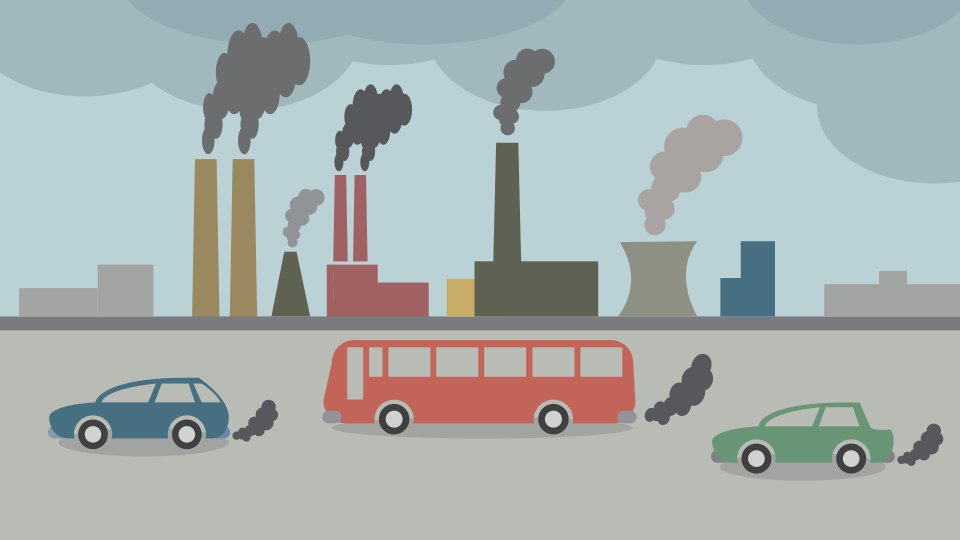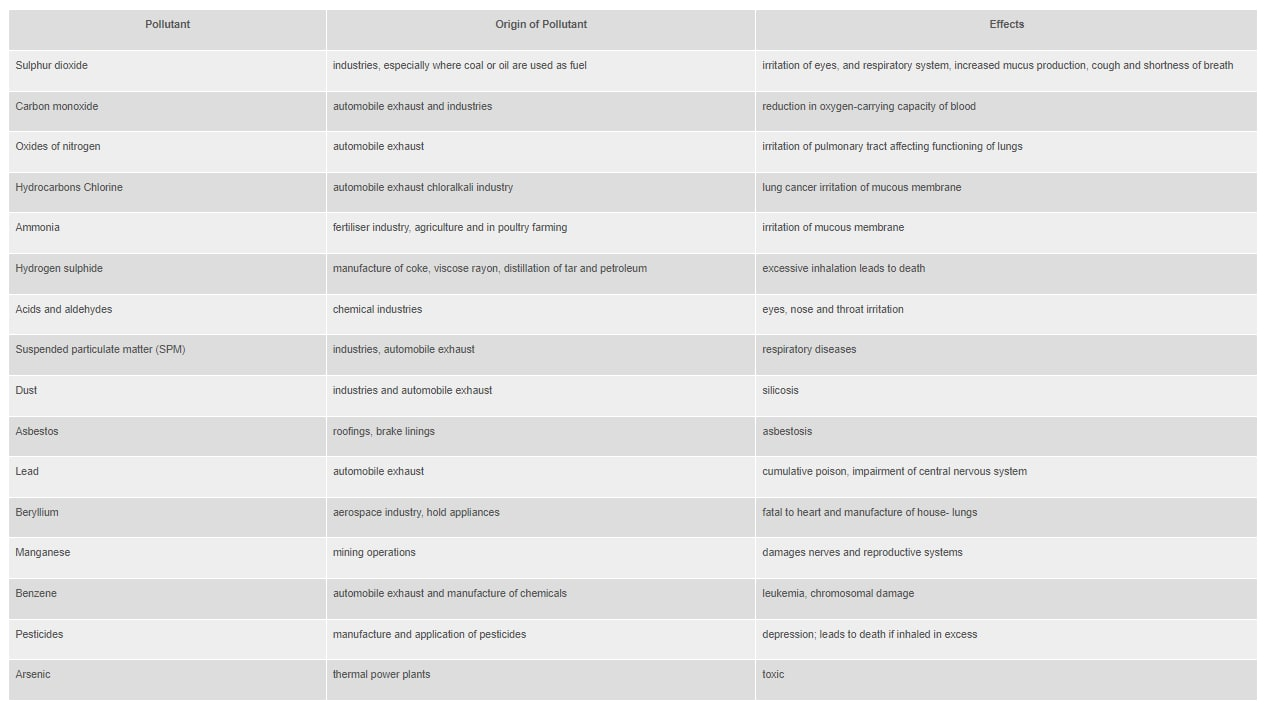Free Courses Sale ends Soon, Get It Now


Free Courses Sale ends Soon, Get It Now



Copyright infringement is not intended
Context: The United Nations Health agency stated that nearly everybody in the world breathes polluted air.
Details
Key points of the Report
Air Pollution

Copyright infringement is not intended
Steps taken
Way Forward
© 2024 iasgyan. All right reserved